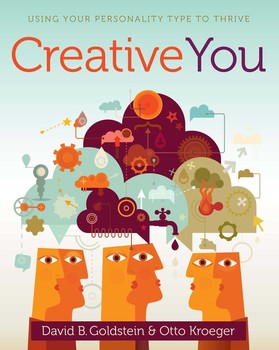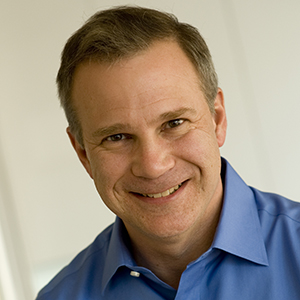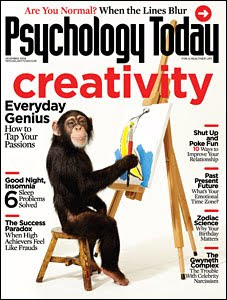 I am not a person who sets goals on January 1. I’ve tried. Actually, people who know me have heard me talking for months now about writing down my 2009 goals. Well, now that 2009 is almost half over, I’ve created a better technique for setting goals.
I am not a person who sets goals on January 1. I’ve tried. Actually, people who know me have heard me talking for months now about writing down my 2009 goals. Well, now that 2009 is almost half over, I’ve created a better technique for setting goals.
It’s a mid-year creative check-in. I did it this weekend with the extra time I had to relax and reflect. I find the sun and the warmth of summer more hopeful and inspiring than the dreary winter when the real new year starts, which was why a mid-year check-in worked for me.
Here are some questions to ask yourself:
- How am I feeling creatively?
- What creative projects have I completed in the last 6 months, 3 months, 1 month
- What creative projects have I started that need to be put aside or completed?
- What new inspiration have I found? Where?
- Have I tried to create in a new medium? If not, what can I try?
- For more inspiration, check out my top 10 creative cures.







